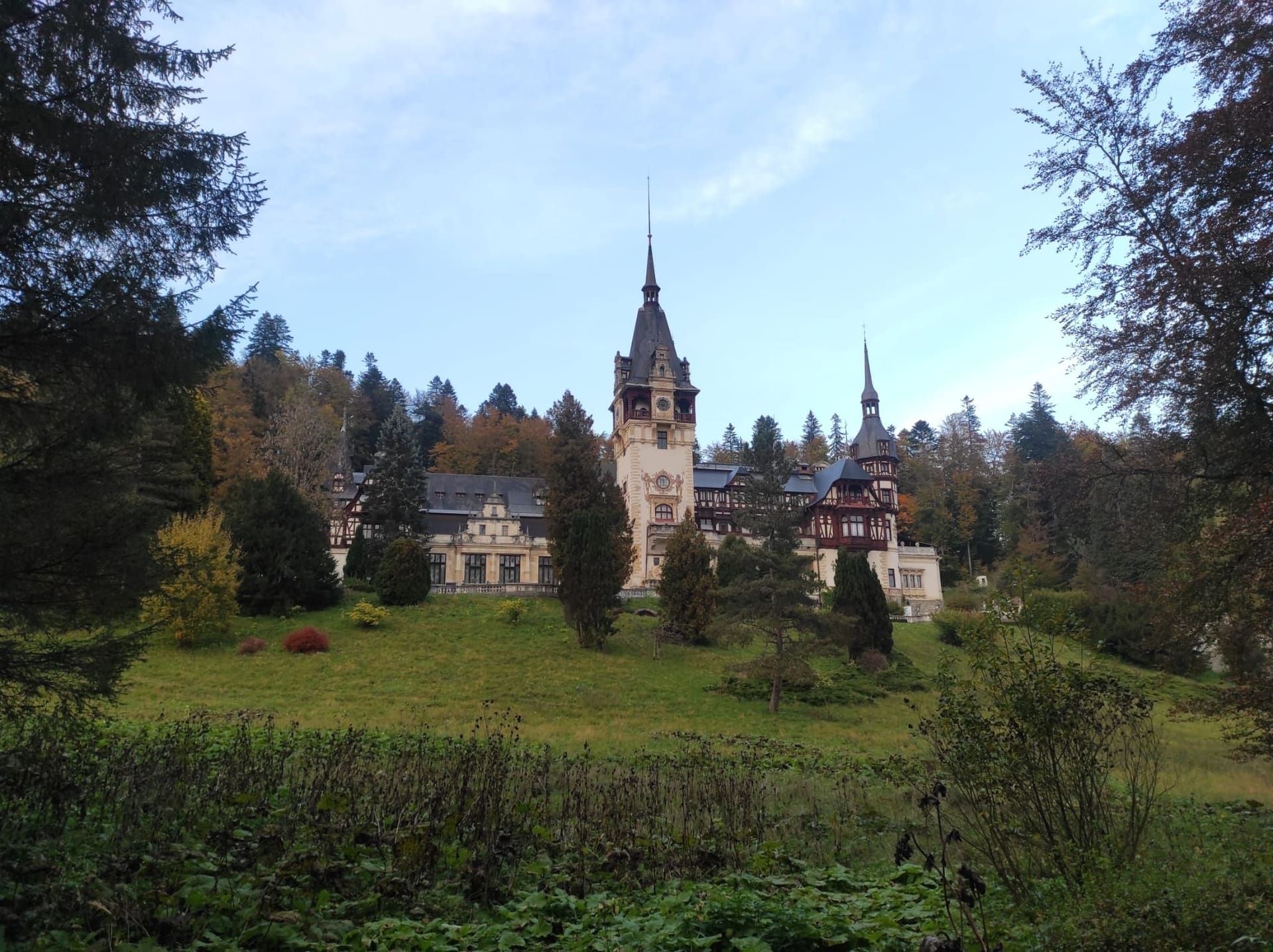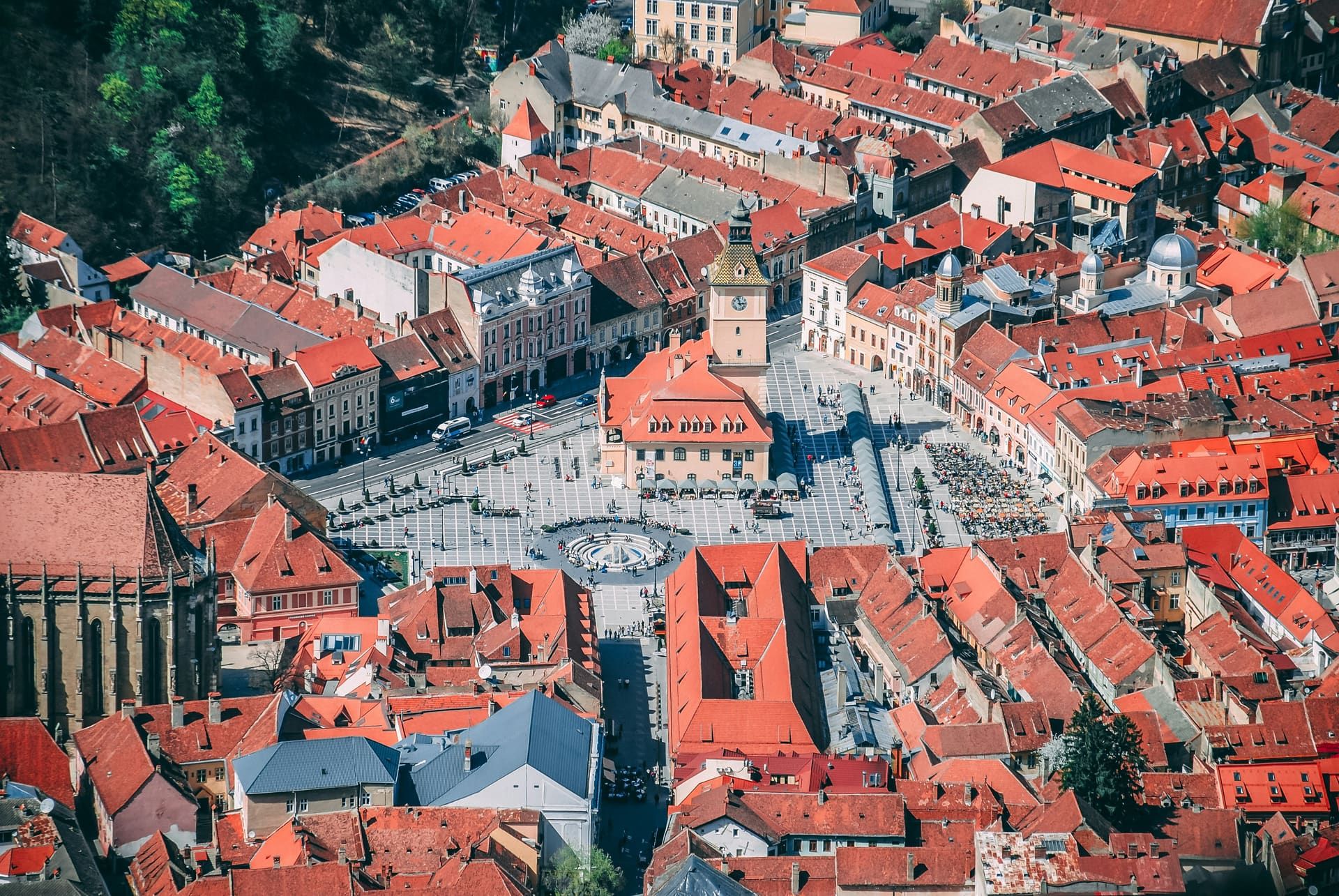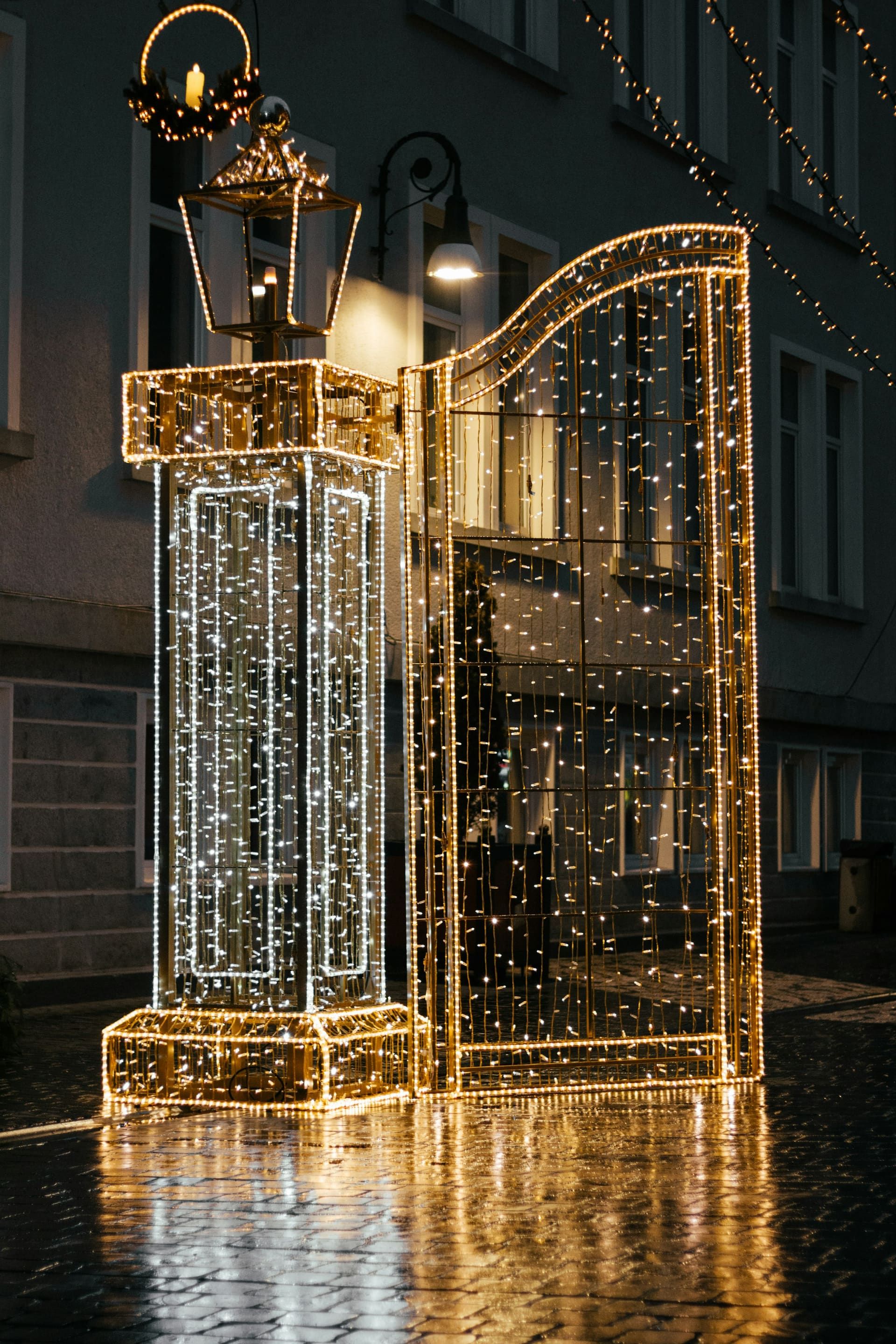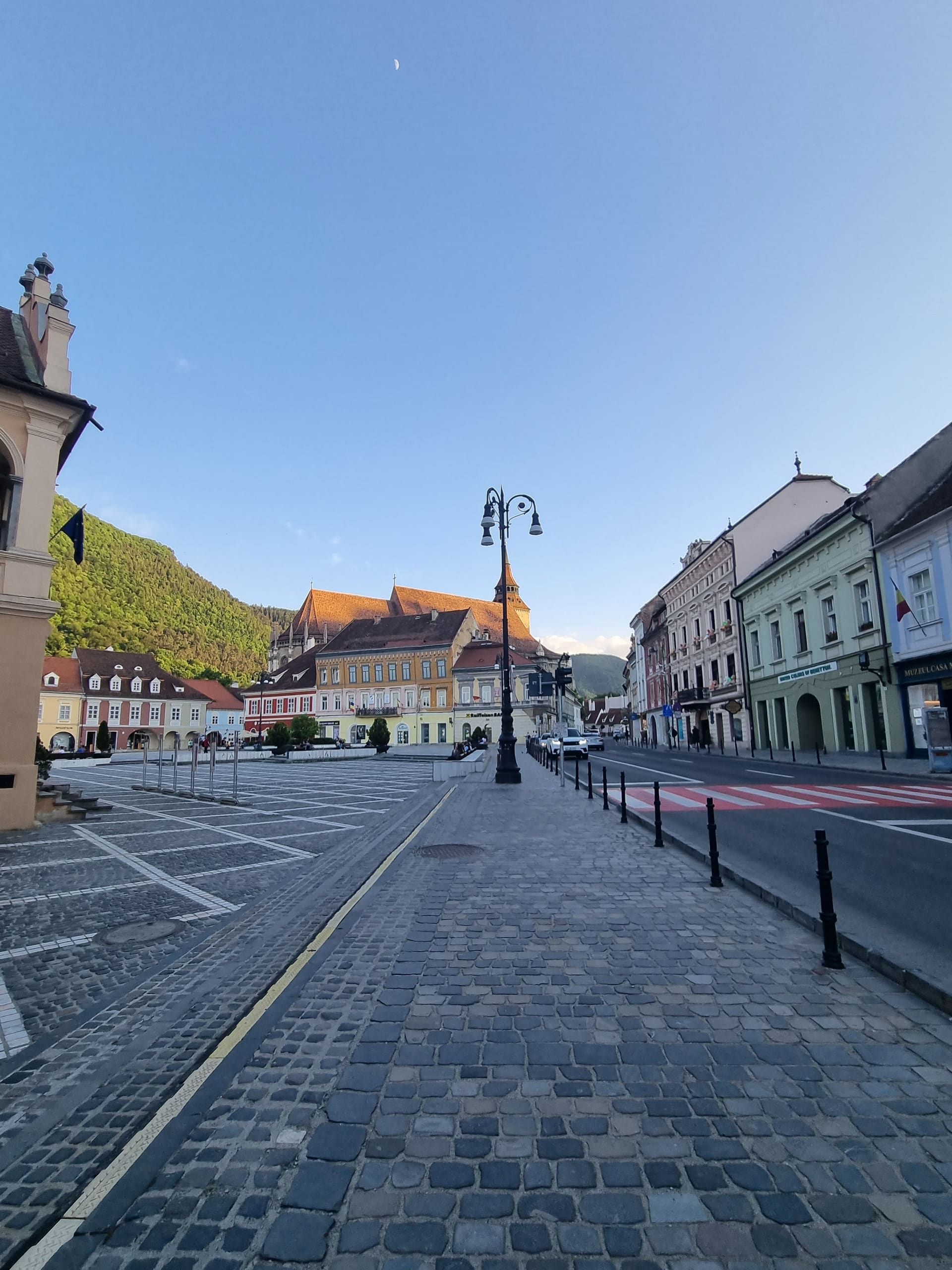
Peleș Castle: History, Architecture, and Planning Tips
A neorenaissance icon commissioned by King Carol I, Peleș Castle blends politics, art, and technology on the forested slopes of Sinaia—an unforgettable day trip from Brașov.
A Fairytale in the Mountains
Nestled in a lush valley in the Carpathian Mountains, Peleș Castle looks like it was plucked straight from the pages of a fairytale. With its soaring turrets, timber-framed facades, and stunning mountain backdrop, it’s a world away from the medieval fortresses of Transylvania. This is not a place of dark legends, but a masterpiece of art and innovation, built as a summer retreat for Romania’s first king.
Peleș Castle (Castelul Peleș)
- Location: Aleea Peleșului 2, Sinaia 106100, Romania
- Coordinates: 45.3601, 25.5424
- Opening Hours: Varies by season. Check the official website for current times.
- Tickets: Tickets can be purchased online or at the entrance. Different tours are available.
A Royal Vision
The story of Peleș Castle begins with King Carol I of Romania. In 1872, he visited the picturesque mountain town of Sinaia and was so captivated by its beauty that he decided to build a summer residence there. The result was Peleș, a palace that was not only a home but also a powerful symbol of the new Romanian monarchy.
Built between 1873 and 1914, Peleș was a marvel of its time. It was the first castle in Europe to be fully powered by electricity, with its own power plant. It also featured central heating, a cinema, and other modern conveniences that were unheard of in a royal residence at the time.
An Architectural Jewel
Peleș Castle is a stunning example of German neo-Renaissance architecture. The exterior is a feast for the eyes, with intricate woodwork, colorful murals, and charming courtyards. Take some time to walk around the castle and admire the details—every corner has a story to tell.
Inside the Masterpiece
If you think the outside is impressive, just wait until you step inside. The interior of Peleș is a breathtaking display of opulence and craftsmanship, with over 170 rooms, each decorated in a different style.
-
The Hall of Honour: The grand entrance hall is a masterpiece of carved walnut, with a magnificent stained-glass ceiling that retracts in the summer.
-
The Imperial Suite: This luxurious apartment was prepared for the visit of the Austro-Hungarian Emperor Franz Joseph in 1896.
-
The Armouries: A must-see for any history enthusiast, this collection features over 4,000 pieces of arms and armor from around the world.
Practical Tips for Your Visit
-
Getting There: Sinaia is easily accessible by train from both Bucharest and Brașov, making it a perfect day trip from either city. The castle is a pleasant uphill walk from the train station, or you can take a local bus or taxi.
-
Tours: There are different tour options available, which cover different parts of the castle. Be aware that a photography fee is often required if you want to take pictures inside.
-
Don’t Miss: If you have time, be sure to also visit the smaller, but no less charming, Pelișor Castle, located just a short walk from Peleș.
Peleș Castle is more than just a beautiful building; it’s a testament to a pivotal period in Romanian history and a must-see for any visitor to the country.


